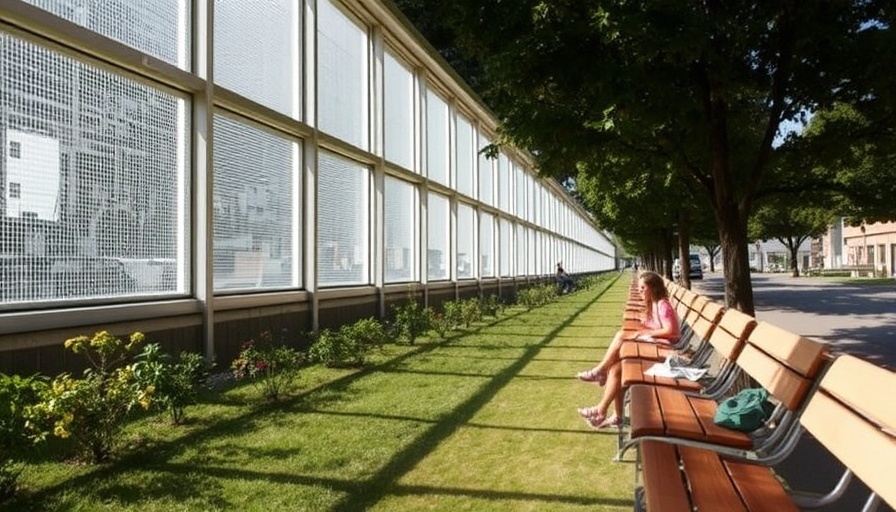
The Dragon Bravo Fire: A Wake-Up Call for Environmental Management
The Dragon Bravo fire that erupted on the North Rim of the Grand Canyon has ignited not just a blaze, but a fiery debate over wildfire management strategies. When lightning struck a small dry area on July 4, the decision to allow it to burn was influenced by optimal conditions presumed at the time. Known as “control and contain,” this method aims to mitigate future wildfires by reducing excess fuel. Yet just a week later, the situation spiraled out of control, and the fire exploded tenfold in a day.
A firefighter described the harrowing experience, saying, “The fire sounded like a freight train coming towards us.” The ferocity of the blaze overwhelmed efforts to manage it, eventually engulfing 12,000 acres and destroying significant structures, including the historic Grand Canyon Lodge that many cherished. This disaster raises vital questions about whether decisions based on past conditions can effectively predict future outcomes in a world increasingly affected by climate change.
Impacts of the Fire on Community and Employment
The human cost of the Dragon Bravo fire goes beyond mere property loss; it has disrupted the lives of hundreds of employees and families who once thrived in the North Rim’s serene environment. The area has been closed indefinitely, resulting in layoffs for numerous park staff as well as concession employees. The heartfelt sentiments shared on social media highlight not only the physical loss but an emotional one, as the bonds formed within this tight-knit community are now severed.
“The Lodge and North Rim weren’t just buildings and trails – they were a home to us … and now it’s gone,” lamented a former park employee. This comment reflects the profound sense of belonging and identity wrapped up in these natural treasures. As discussions about rebuilding begin, there lingers a question: how can such a beloved place rise from the ashes, both physically and emotionally?
Opportunities for Sustainable Practices and Design
As initial responses to the fire unfold, the discussion is fertile for sustainable practices in rebuilding. For individuals looking to invest in the area, it might be prudent to focus on resilience measures that integrate eco-friendly materials and practices. The integration of sustainable design is not just good for the environment, but it can also boost property values as more homebuyers become eco-conscious.
Future construction may incorporate materials that withstand fire better, utilize renewable energy sources, and align with conservation goals. Homebuyers and investors could advocate for eco-friendly initiatives as a means to rejuvenate the North Rim.
Lessons Learned: Preparing for Future Fires
This devastating fire illustrates the need for a shift in how wildfire management is approached. Forest experts should expand their analysis traditionally limited by prevailing weather conditions to consider evolving climate scenarios. Incorporating data-driven risk assessments and modeling could lead to more thoughtful strategies that prioritize the safety of human life and economic investment.
The tragedies of the Dragon Bravo fire teach us that when we ignore history and current trends in climate change, the consequences can be catastrophic. The only way to truly mitigate the risks of future fires is through proactive and informed decision-making.
Conclusion: A Call for Community Action
As the Grand Canyon community grapples with the aftermath of the Dragon Bravo fire, it is imperative for residents and stakeholders to unite for a common cause: recovery and resilience. This tragedy should not simply serve as a cautionary tale but rather become a catalyst for action and community collaboration to establish a more secure future.
By supporting sustainable efforts and advocating for smart rebuilding strategies, those affected can promote not only recovery but also the preservation of the Grand Canyon's breathtaking environment for generations to come.
As you consider investing or relocating in the Dumfries market, remember the importance of sustainability in choosing your home and engage in conversations that promote eco-friendly practices for a better living environment.
 Add Row
Add Row  Add
Add 





Write A Comment